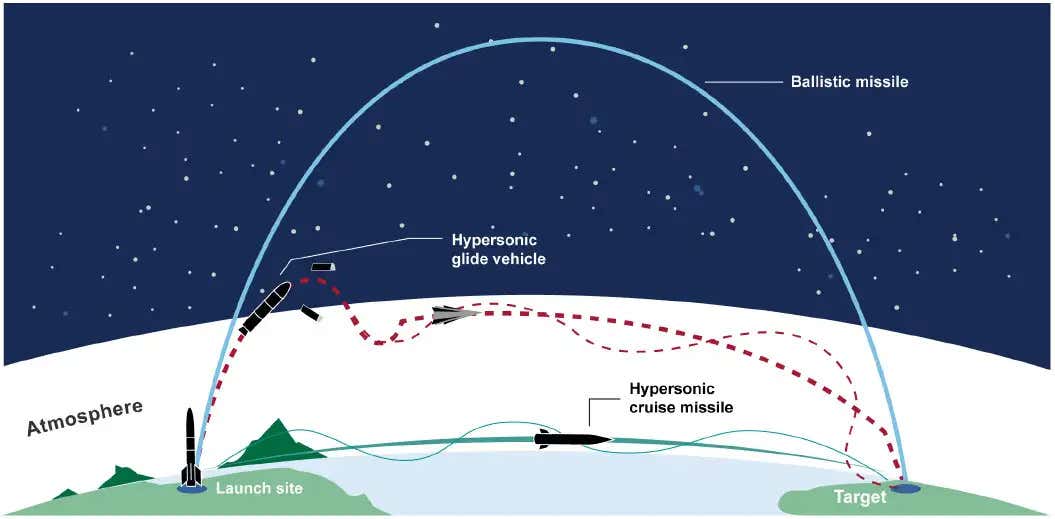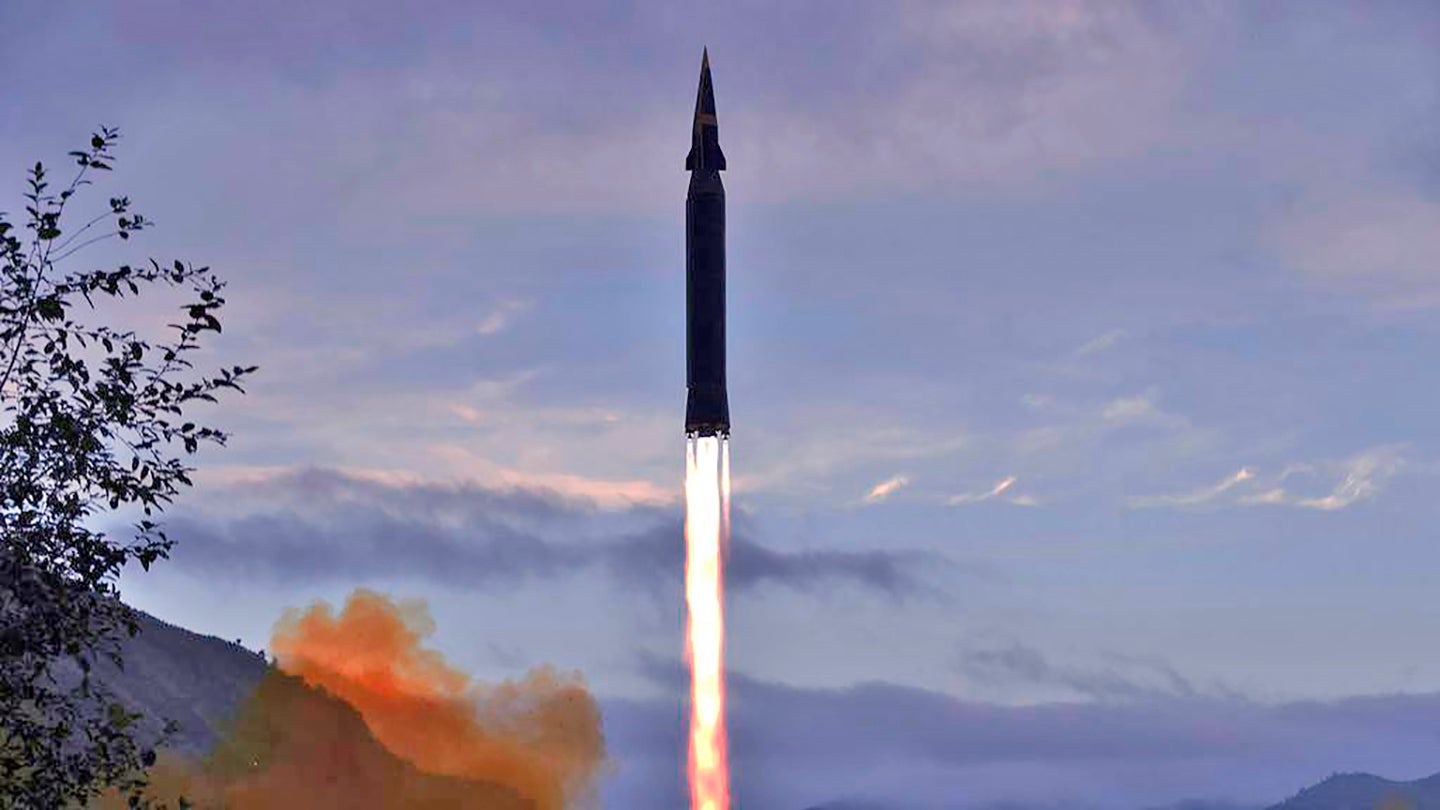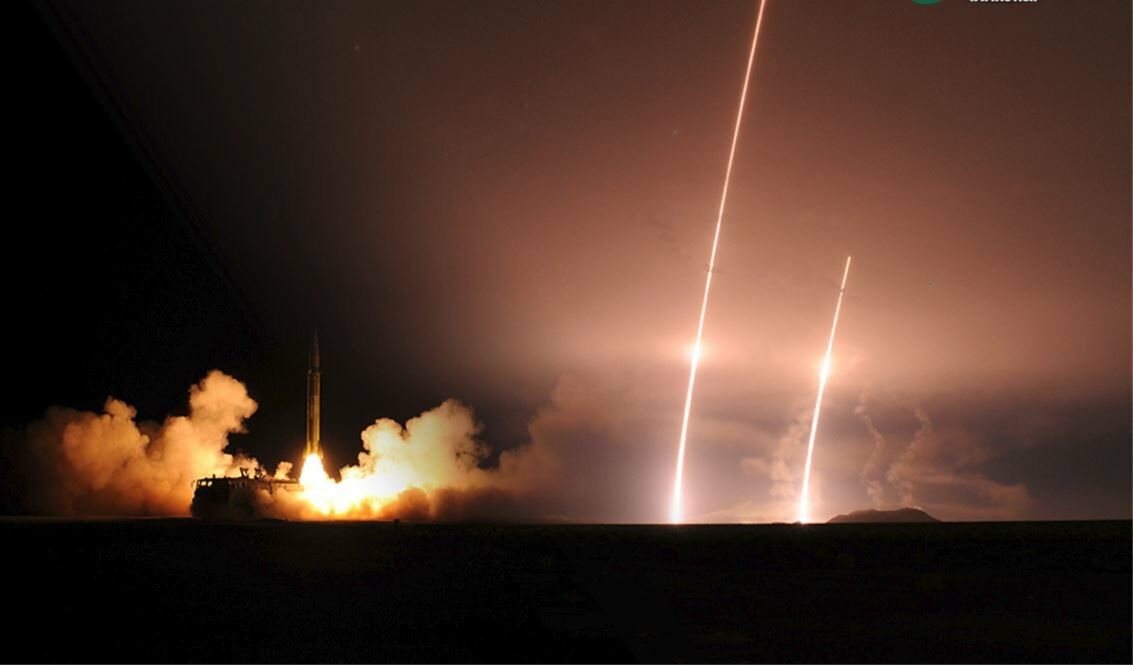Specially developed to track “unpredictable” hypersonic missiles, the US military is equipped with a modern radar system
The US has successfully completed the construction of a high-tech radar system that will enable it to repel missile threats, including hypersonic threats, from its adversaries, particularly North Korea.
Although the plan for this construction was a few years ago, Washington has become particularly cautious after talks between then President Donald Trump and North Korean ruler Kim Jong-un at the Hanoi summit in 2019 failed.
The Pentagon announced on Dec. 6 that it has completed construction and will soon begin testing a “long-range discrimination radar” for a home missile defense system that can track intercontinental ballistic missiles as well as next-generation threats such as hypersonic weapons, reported Reuters.
The US Department of Defense’s plan to deploy a new long-range radar in central Alaska was originally developed in 2015. It should help the US missile defense to better differentiate between potential enemy missiles from Iran or North Korea and to increase the capacity of interceptors on the ground in Alaska and California.
Long Range Discrimination Radar (via Lockheed Martin)
The deployment comes at a time when America’s opponents Iran and North Korea have continued their nuclear programs to varying but unacceptable levels despite US sanctions.
“Construction of the Long Range Discrimination Radar is complete and we can now begin the testing phase that will bring this essential system to full operational use,” said Vice Admiral Jon Hill of the Pentagon Missile Defense Agency. Thanks to LRDR, Northern Command will be able to better defend the US against threats from ballistic and hypersonic missiles. “
The U.S. Missile Defense Agency today announced the completion of the military construction and installation of radar systems for Long Range Discrimination Radar (LRDR) during a ceremony declaring the initial operation of the radar at Alaska’s Clear Space Force Station. #missiledefense pic.twitter.com/runS9sIfmf
– Ministry of Defense 🇺🇸 (@DeptofDefense) December 6, 2021
That announcement comes just days after the United States, Japan and South Korea unanimously warned Pyongyang that further sanctions would be imposed on the country if it did not revise its policies and continue to test missile launch, a move that has been made in recent years Years ago aggressively condemned by both of North Korea’s neighbors.
New defense system
Developed by Lockheed Martin, the LRDR is a long-range mid-range tracking radar that provides continuous coverage and enhanced discrimination capabilities to help defend the United States.
 A graph shows the difference in flight paths between a traditional ballistic missile and a hypersonic boost glide vehicle. GAO
A graph shows the difference in flight paths between a traditional ballistic missile and a hypersonic boost glide vehicle. GAO
It will help the U.S. Ballistic Missile Defense System (BMD) protect itself from threats from the Pacific, and it will add additional flexibility to the marine X-band radar.
The LRDR consists of an active, electronically scanned solid-state antenna. It uses gallium nitride (GaN) technology and works in the S-band frequency range, which enables uninterrupted coverage even during maintenance.
 Long Range Discrimination Missile Array (via Twitter)
Long Range Discrimination Missile Array (via Twitter)
The radar is intended to help the US ground-based Midcourse Defense System (GMD) differentiate harmful objects from junk and bait and thus make them more effective.
The LRDR could possibly also help the US Air Force with space operations, for example with situation acquisition. This is particularly urgent due to the rapid militarization of space and a triangular competition between the US, Russia and China.
Just recently, Russia carried out an anti-satellite test in which the astronauts on the International Space Station (ISS) were forced to take refuge in their capsules in order to save their lives.
LRDR will adapt to changing ballistic missile threats and improve the effectiveness of ground-based interceptors. It will also allow the United States to adapt the system to evolving threats and needs.
Defense against hypersonic threats
The official statement explicitly mentions hypersonic missiles, against which the radar will also try to defend itself. This could be attributed to the growing hypersonic capabilities of the two nuclear armed opponents – North Korea and China.
 A picture published by North Korean state media of a weapon called the Hwasong-8, which allegedly carries a hypersonic boost glide vehicle.
A picture published by North Korean state media of a weapon called the Hwasong-8, which allegedly carries a hypersonic boost glide vehicle.
In September of this year, North Korea claimed to have successfully tested the Hwasong-8 hypersonic missile, the BBC reported. The new missile is reportedly one of the “top five” new weapon systems listed in the country’s five-year military plan.
The missile has been labeled a “strategic weapon,” which usually means that it carries nuclear weapons. The launch also marked the country’s third missile test in less than a month. It has already shown a new type of cruise missile and a pull-based ballistic missile system.
With this test, North Korea has joined the limited pool of countries that have hypersonic capabilities, such as the US, Russia and now China.
In addition, a US surveillance website pointed out in November that North Korea appears to continue to operate a plutonium-producing nuclear reactor at its flagship Yongbyon facility. It had also tested a ballistic missile launched by submarines.
On the other hand, in July this year, China conducted the world’s first test of a nuclear-capable hypersonic glide vehicle that flew around the globe before hitting a target.
A more worrying prospect for the United States is that the vehicle in this new Chinese system could fire missiles on its own, which in theory would be a challenge for anything traveling at hypersonic speeds.
 Chinese Hypersonic Missile Tests (via PLA Daily)
Chinese Hypersonic Missile Tests (via PLA Daily)
However, this will pose a significant challenge to existing air defense systems if China’s nuclear-capable hypersonic weapons system is also orbital in nature and can remain in space for extended periods of time, a senior US space agency official said.
Given the ever-evolving missile threats, long-range discrimination radar could significantly enhance the defense capabilities of the US military.



Comments are closed.